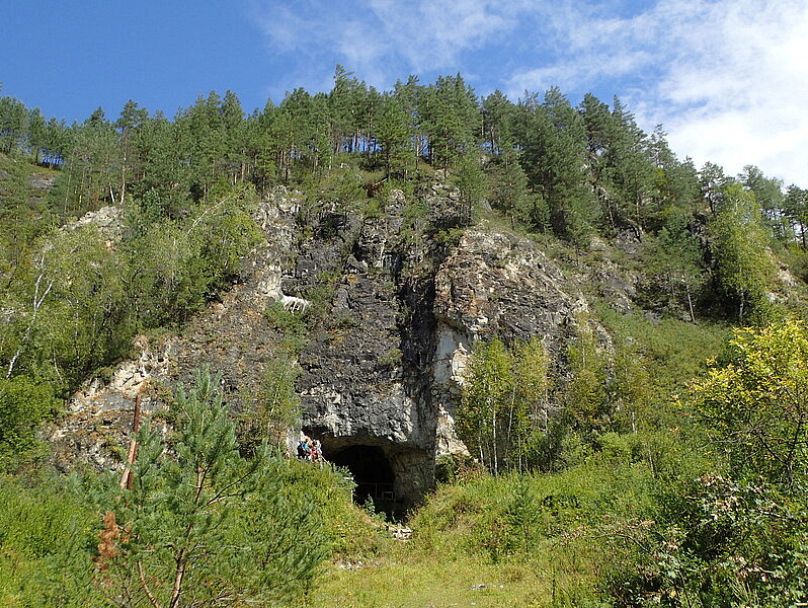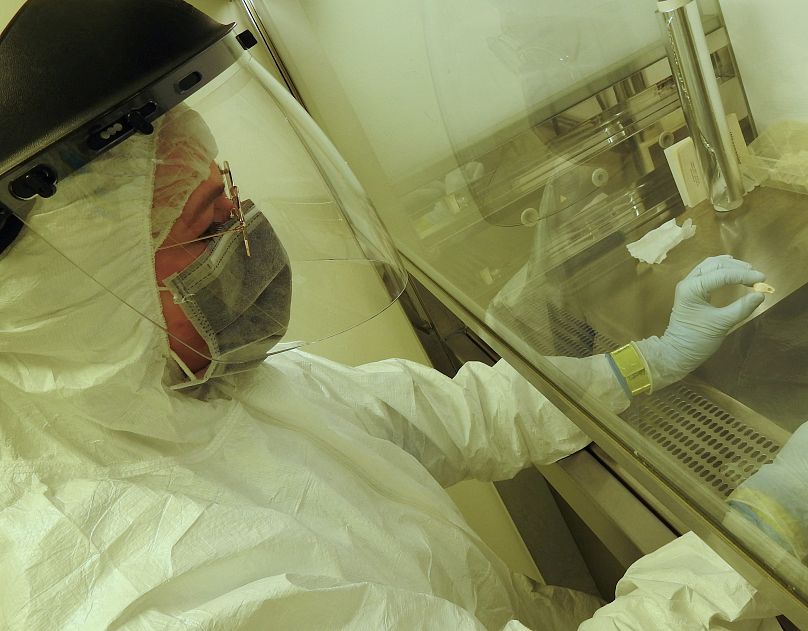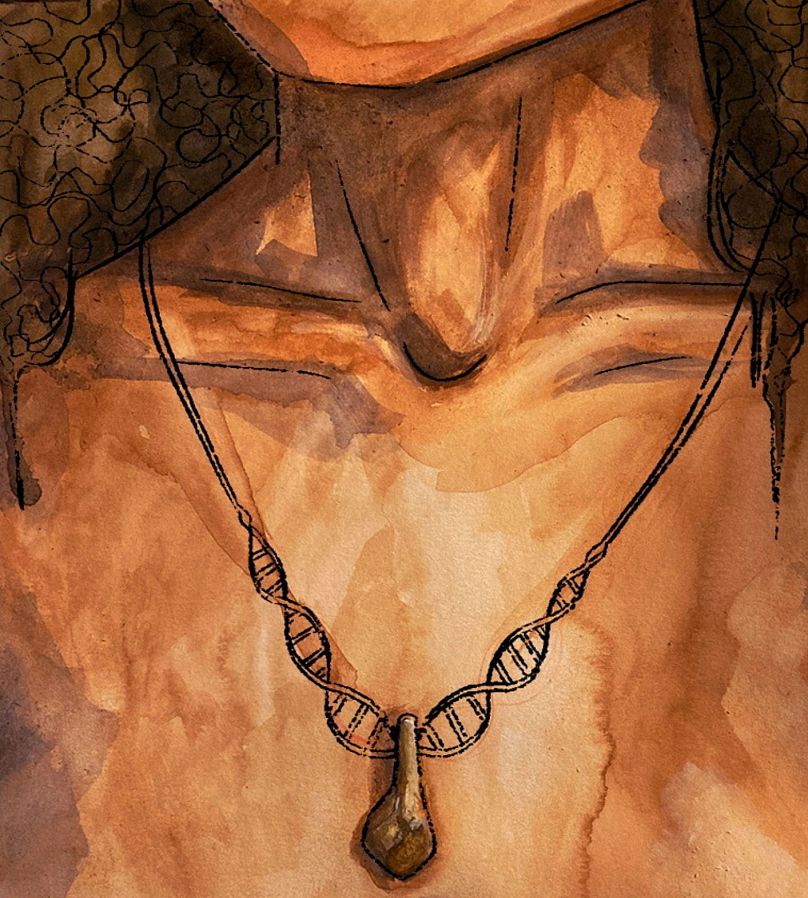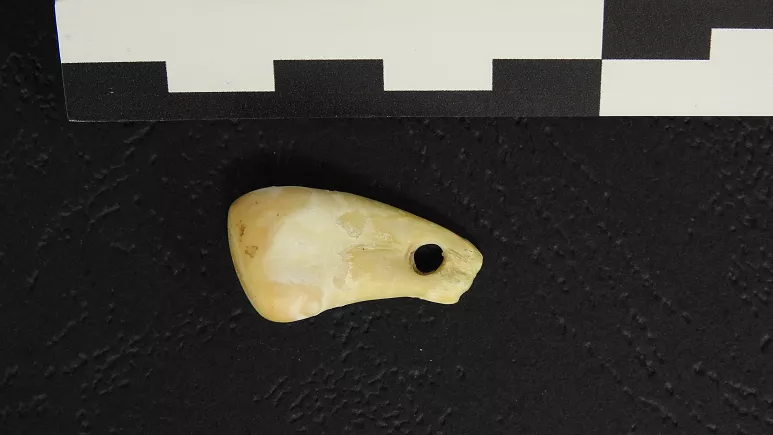Scientists have discovered that a tooth pendant excavated from Denisova Cave in southern Siberia, was worn by a woman who lived between 19,000 and 25,000 years ago thanks to DNA preserved in the piece.
A team of researchers based in Germany have recovered DNA from the owner of a deer-tooth pendant that was buried inside a remote Siberian cave for tens of thousands of years.
The ancient jewellery was excavated from Denisova Cave in southern Siberia and is thought to have been worn by a woman who lived between 19,000 and 25,000 years ago.
Elena Essel from the Max Planck Institute for Evolutionary Anthropology says she and her colleagues developed and used a new technique to extract DNA left behind on an artefact.

Inspired by how police solve crimes using ‘touch DNA’ – in layman’s terms that’s using DNA left over when a person touches an object – archaeologists are now able to recover genetic traces of ancient humans from the physical objects they have left behind after their deaths.
Before this new technique emerged, researchers had only been able to link an artefact to an individual if they had been buried wearing it. The new method will help to reveal the biological sex and genetic ancestry of the individual who once held or wore a particular piece.
about:blank
While the new DNA extraction practice does provide a more direct way of determining who used specific items in everyday life, it can currently only be used for artefacts made from teeth or bones, as they are porous enough to soak up human DNA from contact with bodily fluids like blood, sweat and saliva. Luckily for researchers, though, due to a lack of readily available materials thousands of years ago, the bones and teeth of animals and, on occasion, humans were widely used in ancient times in the creation of everyday tools, sacred items, and jewellery, like this pendant.
“How we think it works is that the longer there was close body contact, the higher the chances that a lot of DNA is in the material… but we have no idea if we’re talking about days or months or years or decades,” explains Essel.

The information found from the tooth pendant is a huge discovery for these researchers, who have been fascinated with the Denisova Cave for decades.
Its past inhabitants have included not only Homo Sapiens but also Neanderthals and another extinct human species known as Denisovans. For the research team, the cave holds the key to a great deal of information about our ancient ancestors.
Using the new technique, the researchers were able to extract the DNA of the animal the tooth belonged to, which was revealed to be a wapiti deer, or an elk. Using the same method, they extracted human DNA from the pores of the tooth, deducting that the genetic information came from a female whose ancestry is most similar to Siberians living further east than the cave as well as to that of Native Americans.
Their scientific process was also able to determine an estimated date of the pendant’s creation, which matched with previous research into radiocarbon dating of the layer of the cave floor sediment where the artefact was discovered.

This DNA technique marks a huge step for research into the ancient world, with archaeologists able to better understand past societies with a level of detail which has never before been possible.
A co-author of the study, Marie Soressi from Leiden University in the Netherlands, explained how important the discovery will be: “It’s amazing. It means that we’ll be able to answer very simple questions such as what tasks males and females were doing at that point in time. We actually will have a direct line of evidence to tell us.”
Source: Euronews


